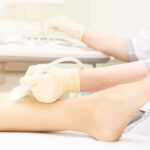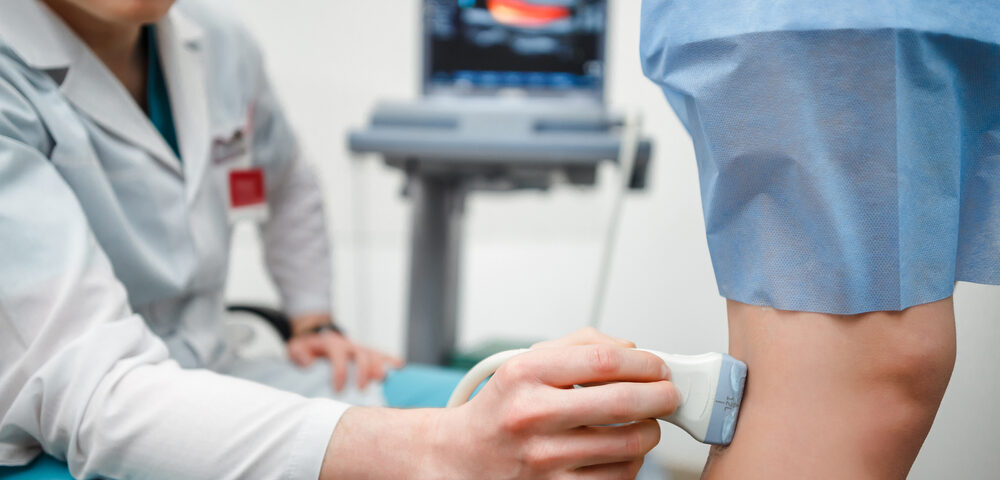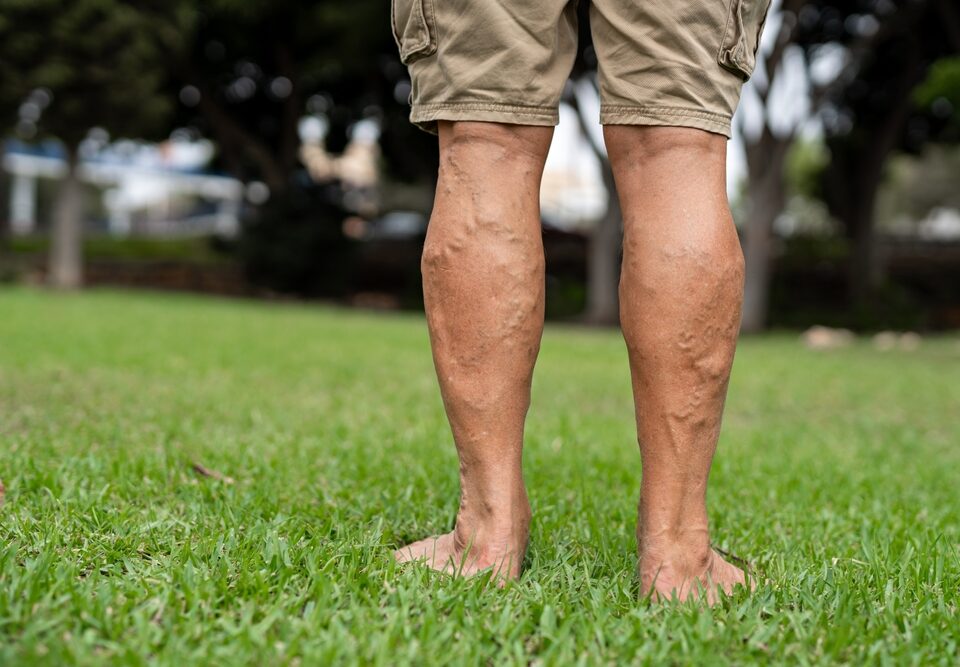
When Do Leg Cramps Signal Vein Disease in Maryland?
August 14, 2025
Same-Day Varicose Vein Evaluation in Bel Air, Maryland
September 29, 2025Vein disease can begin gradually, and the symptoms can initially appear cosmetic or insignificant.
However, the underlying cause is often a weakening of the veins and valves, which can lead to serious health concerns if left untreated.
It is important to pay attention to even minor changes in your leg health and seek care from a vein doctor in Columbia, MD, when needed.
When to See a Vein Doctor in Columbia, MD
The early symptoms of vein disease may include visible varicose veins or spider veins, swelling, aching, heaviness, or fatigue in the legs.
Some patients experience itching or a change in the texture or color of their skin.
While these issues may be more pronounced after long periods of standing or sitting, they often continue even when you rest.
If you have visible changes in your legs or persistent discomfort, it is time to make an appointment with a vein doctor.
When It’s a More Serious Condition
Symptoms may sometimes indicate a more serious condition, such as a blood clot.
Signs you should not ignore include persistent swelling in one leg, new or worsening pain, or a vein that becomes tender and hard to the touch.
Venous ulcers or open sores that form near the ankles are a complication of advanced vein disease and require immediate medical attention.
Additionally, if you notice discoloration, thickening, or rash-like changes on your lower legs, it is time to seek care from a vein specialist.
A History of High Risk
Certain factors increase the risk of developing vein disease, including:
-
Family history of varicose veins
-
History of pregnancy
-
Age over 50
-
Jobs requiring prolonged standing or sitting
-
Hormonal changes, such as menopause
Even without these risk factors, vein issues can still develop.
If you fall into any of these groups or have developed visible or symptomatic vein changes, it’s important to know when to see a vein doctor in Columbia, MD.
Your First Visit with a Vein Specialist
At your appointment, the vein doctor will review your medical history and symptoms.
They will perform a physical exam of your legs and may ask you to do certain movements to help pinpoint your symptoms.
A vein ultrasound — a quick, painless, non-invasive test — will likely be performed to evaluate valve function and blood flow.
This can be done in-office with no special preparation.
Treatment Options
For early-stage vein disease, conservative treatments such as compression stockings, regular exercise, weight loss, and lifestyle changes are often recommended.
For more advanced conditions, minimally invasive procedures may be necessary, including:
These procedures are performed in-office and typically allow patients to resume daily activities the next day.
Seeing a Vein Specialist Early On
Early treatment often leads to better results, less discomfort, and a reduced risk of complications.
Acting early can also prevent the need for more extensive procedures later.
Knowing when to see a vein doctor in Columbia, MD, can help you take control of your vein health before the condition worsens.
Don’t Wait — Call Our Vein Doctor in Columbia, MD, Today!
If you are experiencing symptoms of vein disease, call us today at 410-970-2314 to schedule your appointment.
Our friendly staff and experienced vein specialists are here to guide you through every step toward healthier legs.



